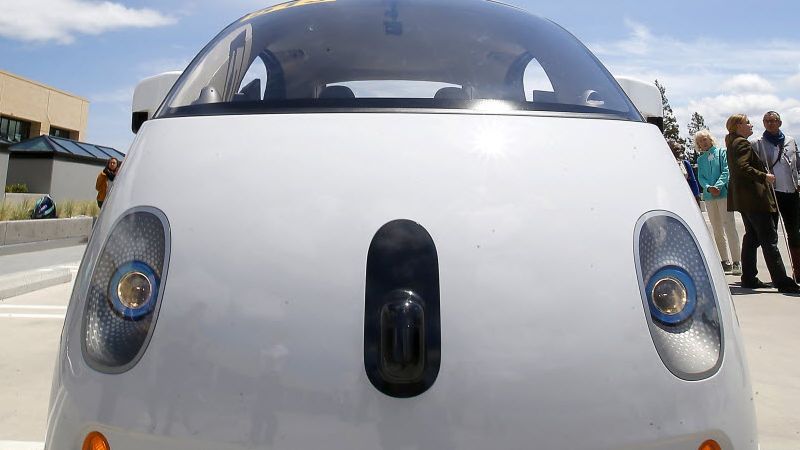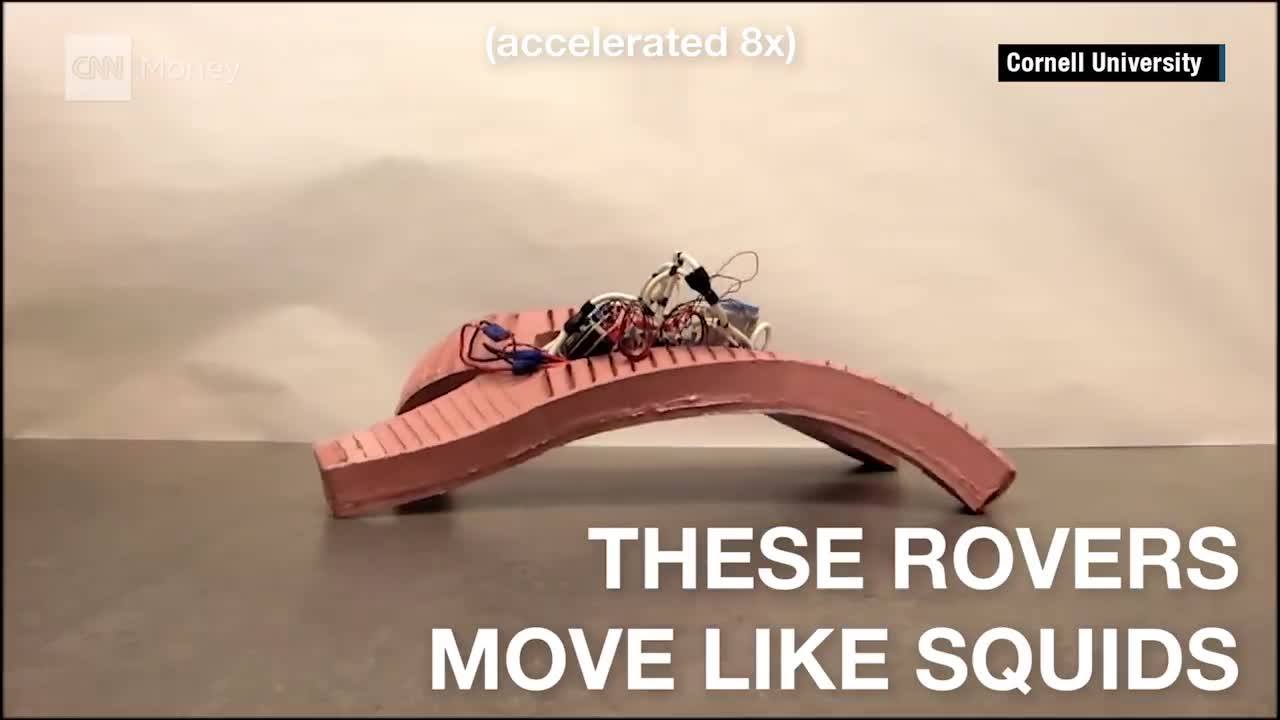Google says it’s disappointed by draft rules that would ban driverless cars from traveling on public roads in California without a licensed human driver.


Google says it’s disappointed by draft rules that would ban driverless cars from traveling on public roads in California without a licensed human driver.

That isn’t even the weirdest thing about it.


Google is reportedly planning to spin off its self-driving car division and offer autonomous taxi rides.

3D MicroPrint is a new micro laser sintering technology for small, precise metal parts: ideal for automotive, medical and jewelery applications.
A new company dubbed 3D MicroPrint has unveiled a new micro laser sintering technology (MLS) for 3D printing tiny metal components for potential applications in industries like watchmaking, cars, and medicine.
The enterprise is a collaboration between two companies based in Germany: 3D-Micromac AG, a provider of laser micromachining systems, and EOS GmbH, an e-Manufacturing group.

Wait, what? You might be asking yourself what inspired a hacker by the name of George Hotz to build his own self-driving car. That’s what we wanted to know, too. It would seem that Hotz decided to kick out a self-driving car using a 2016 Acura ILX in “about a month.” He’s using Ubuntu Linux as his operating system and has an absurdly massive 21.5-inch display sitting in the middle. A flight navigator joystick rests between the front two seats which, when triggered, engages a fully operational self-driving vehicle system.
Hots spoke with Bloomberg earlier this year for a report this week, showing reporters what his vehicle can do out on the highway back a few days before Thanksgiving. The vehicle is nowhere near a production-level sort of setup, looking more like Hotz ripped the cords out of several machines and bashed them together inside his vehicle — but it works. It all works.
“Don’t touch any buttons, or we’ll die,” said Hotz to his guests before they hit the road. Watch the video below to see what’s going on:

It can crawl through snow. It can crawl through fire. And it can survive getting run over by a car. This is the “robot squid” NASA could use to explore gas giants: http://cnnmon.ie/1MdX2MG

On January 4, 2016, Faraday Future will unveil a concept car.
The future of mobility is closer than you think. Come back here to watch the live unveiling.

$4.2 billion per ounce. That’s how much the most expensive material on Earth costs. Priced at £100m per gram, the most expensive material on Earth is made up of “endohedral fullerenes,” a cage of carbon atoms containing nitrogen atoms. It could help us make atomic clocks and accurate autonomous cars.
Current atomic clocks are the size of rooms. This material could allow us to make atomic clocks that fit in your smartphone.

Launched in 1958, the Defense Advanced Research Projects Agency is behind some of the biggest innovations in the military — many of which have crossed over to the civilian technology market. These include things like advanced robotics, global positioning systems, and the Internet.
So what’s going to happen in 2045?
It’s pretty likely that robots and artificial technology are going to transform a bunch of industries, drone aircraft will continue their leap from the military to the civilian market, and self-driving cars will make your commute a lot more bearable.